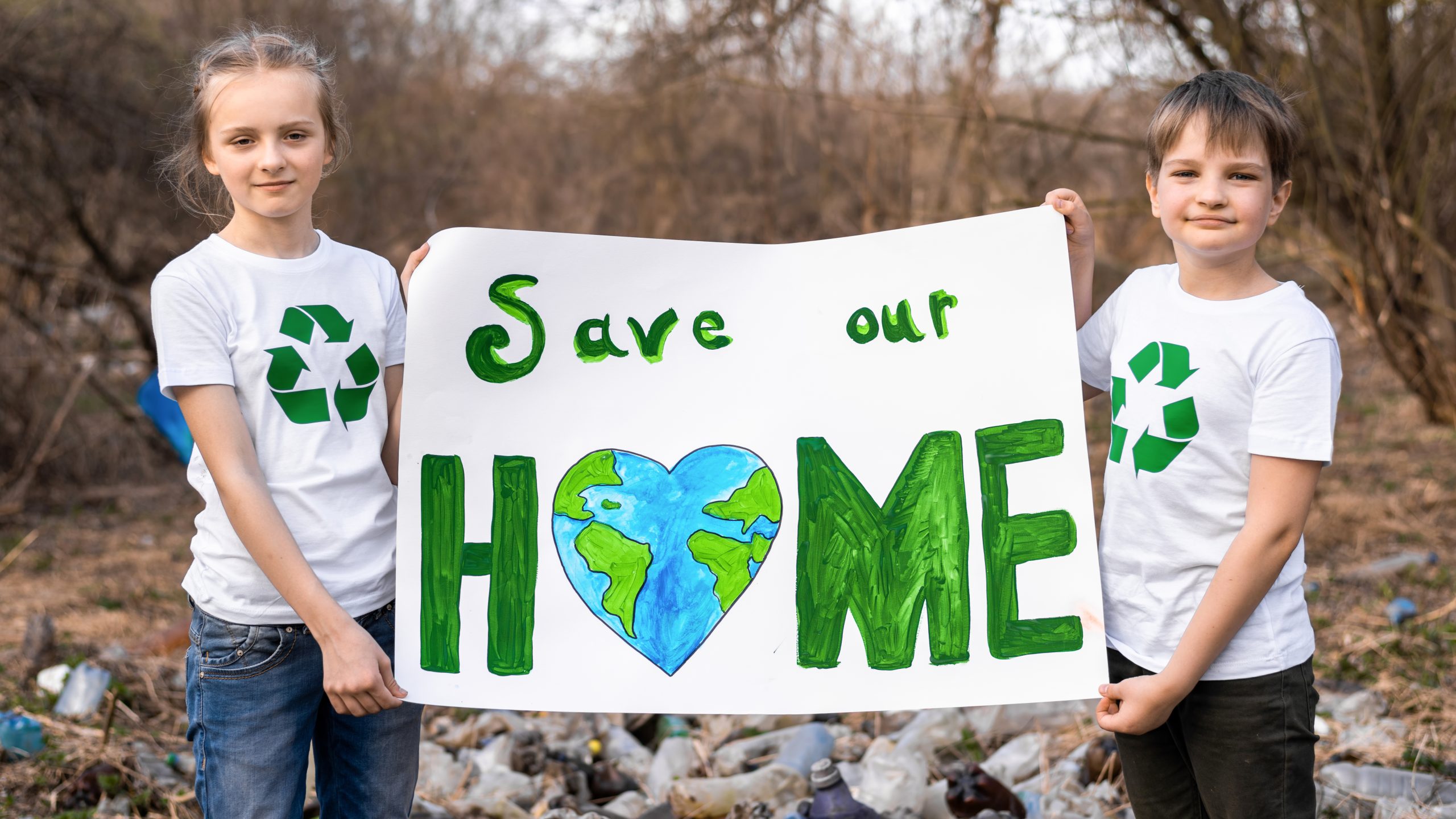
THE ‘SECRETS’ OF BIODEGRADABLE PLASTIC
You have all heard about biodegradable plastic, but what do you really know about them?
There are many so-called “secrets” of the biodegradable plastic but in fact, these are facts. There is no denying that plastics have become an essential part of our lives. It has become part of our lifestyle that most of the things we use will contain a certain amount of plastic, including your clothes and masks.
Plastics are currently widely used to replace paper, wood, leather and more as they are relatively lower in cost, easier to manufacture, versatile and waterproof.
However, with the use of plastics, comes pollution. But fret not, with the latest plastic biodegradable technology, plastics can no longer be plastics at the end of their lifetime.
GLEAN’S PART IN BIODEGRADABLE PLASTIC
So what are biodegradable plastics?
Biodegradable plastics are plastics that biodegrade into natural materials in the environment and do not leave any microplastic residues and toxicity in the soil. It will ultimately turn into carbon dioxide, water and biomass. The time taken and the requirements needed to biodegrade for each plastic is different depending on their standards.
Glean, a brand that calls for a sustainable lifestyle, offers biodegradable products. After the plastic finishes its service lifetime, their technology allows the plastics to only take around 12 to 18 months to fully break down in the open environment and it only requires the presence of oxygen. The thing that makes biodegradable and “traditional” plastics so different is the speed at which the biodegradable plastics take to degrade is shortened into less than 2 years from the 20 years that “traditional” plastics take.
More importantly, the biodegradation process is designed specially to not produce methane (a greenhouse gas) and no special facility required. In other words, their biodegradable technology is designed to prevent littered plastics from becoming a source of plastic pollution that we are currently facing.
In addition to that, studies have shown that not only does their biodegradation process take place on land, it works just as well in the ocean. Hence, this will also help with the microplastic problem that we currently have in our ocean.
LET’S AVOID FROM BEING GREENWASHED
More often than not, so-called “biodegradable” bags sold in the supermarkets are deceiving their less educated users to buy them. Users should understand the meaning of biodegradable before blindly purchasing and using them.
Due to false advertising by irresponsible companies trying to get on the green bandwagon, there are now strict regulations in place to properly distinguish those that are and are not biodegradables. Hence, users need to be educated and be able to recognize the eco-labels.
Users should be aware that some biodegradable materials are only biodegradable with human intervention. For example, compostable plastics need to be collected and sent to industrial composting facilities to ensure it is fully composted and biodegraded.
Hence, not every garbage bag that is labeled “biodegradable” can actually biodegrade naturally. With Glean’s technology on the biodegradable products, it allows biodegradation in nature and thus the duration to complete the process depends on the condition of exposure.
However, users should be aware that it does not mean that these plastics can be littered or disposed irresponsibly, but it promises that if plastic litter escapes into the open environment, it will not be there for decades as “traditional” plastic is now.
So are these facts really surprising?
Or are they just surprising because we were not educated on the topic itself?
If we really care about the environment, we should start learning and practicing on responsible consumption of biodegradable plastics.
We also need to bear in mind that, before we dispose of any plastics, we should always try to reduce, reuse and recycle first before ending its life in the dumpster. Awareness in consumers should be created so they can also have a chance at being responsible for the future of our environment.
Wouldn’t you rather be able to dispose of biodegradable plastic properly and let it completely decompose in a few months rather than “traditional” plastics that will take decades to decompose?
Wouldn’t you want to spend some time learning about biodegradable plastics to buy more time for our environment and our future?
Do you want to see more plastics swimming in the ocean than fishes 20 to 30 years from now?
The choice is in our hands.
